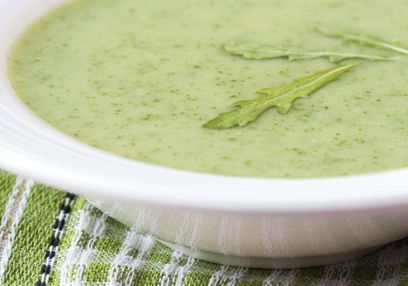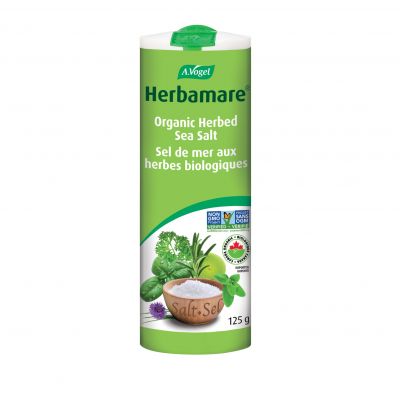Primary care providers are trained to screen for various disorders and conditions that men may not notice until it's too late.
If you find yourself struggling with urinary symptoms including an urge to visit the bathroom more frequently, getting up in the night to pee, or trouble starting or stopping your stream, it may be worth considering a diagnosis of benign prostatic hyperplasia (BPH), with emphasis on the benign part of the condition. There are other conditions such as prostatitis associated with bacterial infections and sees the cells of the prostate become inflamed, causing them to swell and press against the urethra leading to similar symptoms as those experienced with an enlarged prostate. And while certain symptoms between the two conditions can present in a similar fashion, men diagnosed with BPH shouldn't stress over the chance of prostatitis evolving into prostate cancer. However, it is possible for the two conditions to co-exist, which is why screenings are critical.
Now, BPH is so common that some argue the problem is ubiquitous in aging men, though we now know there are some controllable risk factors. The most common intervention is via the use of a 5α-R enzyme inhibitor. The enzyme converts testosterone into its more active and potent form known as dihydrotestosterone (DHT). DHT tends to act on the prostate tissue, causing it to enlarge, but by reducing the activity of this enzyme, you reduce the active DHT levels and help mitigate further enlargement. The urethra travels through the walnut shaped prostate gland and when the tissue swells, it can block the urethra and reduce blood flow to the muscles of the penis. In addition to urinary symptoms, the enlargement makes it difficult to initiate or maintain an erection, worsening symptoms of erectile dysfunction.
With a constricted urethra, urine doesn't flow like it should and can build up in the bladder. Like a stagnant pond breeds mosquitos and other bugs, the stagnant urine sitting in the bladder can become the perfect breeding ground for a host of bacteria. This can lead to frequent urinary tract infections or UTIs, which carry their own unique dangers and symptoms. This greater danger occurs when the bacteria ascend to the kidneys and begin to damage one of the most critical organs in regulating our daily health. By managing the enlargement of the prostate gland, we can encourage a reduction in certain risks, but as with all good science, it had to be put to the test.
An open, multicentre clinical pilot trial was conducted to determine whether a preparation of an herb known as Prostate1, synthesized from the berries of saw palmetto (Serenoa repens), could influence symptoms of BPH or sexual dysfunction. This is because saw palmetto acts as a 5α-R inhibitor like the commonly prescribed medications, finasteride or dutasteride. Over the course of the 8-week trial, the participants took one 320mg capsule of Prostate1 daily and saw their symptoms improve dramatically. Their International Prostate Symptom Scores improved by 51% while their ability to '[get] and [keep] an erection' improved by 64% measured with the brief Sexual Function Inventory.
Now, the conversation around saw palmetto raises a lot of questions about sourcing and sustainability, so let's take a deep dive into some of the facts.
Saw palmetto is actually the largest wildcraft crop harvested in the United States. 2.9 million berries are harvested each year in the humid and sticky heat of Florida, with a harvest ranging anywhere from 4 to 8 thousand metric tonnes. The workers are not only subjected to the intense heat, but the blades of the plant have sharp tips that can shred everyday clothing. That isn't even touching on the wildlife which can include the highly venomous Eastern Diamondback Rattlesnake that hides its eight-foot length in the shade of the thickets.
As the plant matures to a fruit-producing height of 0.6 meters, sometimes taking a decade or more, it begins to produce the medicinal berry. From a potency point of view, it's better to wait for the berries to mature on-stem rather than picking them and waiting for maturation off-stem. Trouble starts when environmental factors alter the agriculture and lead to lower yields. Those lower yields drive up prices which may force manufacturers to find other ways to meet their quota. Saw palmetto has been shown to be effective with a fatty acid composition above 85%, and when you buy berries that can't meet that, it's relatively easy to mimic the chemical composition of saw palmetto. Companies will adulterate their final product with fatty acid rich oils like coconut or sunflower oil to make up for the poor harvest. This means a weaker and less potent product in the end.
We also see the underripe berries purchased and turned into a powder before being placed in the product. So it's best to confirm with the company how their product is made – whether it's with fatty rich ripe berries or powdered underripe berries. At one capsule a day, Prostate1 is a convenient and clinically-proven way to add organic saw palmetto to your routine with a robust fatty acid content.
References:
Amdii, R. E., and AS Shukri Al. "Extract of Serenoa repens in the treatment of benign prostatic hyperplasia and lower urinary tract symptoms." Urologiia (Moscow, Russia: 1999) 2 (2018): 114-120.
Berges, R. R., et al. "Randomised, placebo-controlled, double-blind clinical trial of β-sitosterol in patients with benign prostatic hyperplasia." The Lancet 345.8964 (1995): 1529-1532.
European Medicines Agency: EMA/HMPC/137250/2013 - Assessment report on Serenoa repent (W. Bartram) Small, fructus 2015, https://www.ema.europa.eu/en/documents/herbal-report/final-assessment-report-serenoa-repens-w-bartram-small-fructus_en.pdf, November 2015.
Fagelman, Elliot, and Franklin C. Lowe. "Saw palmetto berry as a treatment for BPH." Reviews in Urology 3.3 (2001): 134.
Iglesias‐Gato, Diego, et al. "Androgen‐independent Effects of Serenoa repens Extract (Prostasan®) on Prostatic Epithelial Cell Proliferation and Inflammation." Phytotherapy Research 26.2 (2012): 259-264.
Patel, Nishant D., and J. Kellogg Parsons. "Epidemiology and etiology of benign prostatic hyperplasia and bladder outlet obstruction." Indian journal of urology: IJU: journal of the Urological Society of India 30.2 (2014): 170.
Suter, Andreas, et al. "Improving BPH symptoms and sexual dysfunctions with a saw palmetto preparation? Results from a pilot trial." Phytotherapy research 27.2 (2013): 218-226.
Trumble, Benjamin C., et al. "Challenging the inevitability of prostate enlargement: low levels of benign prostatic hyperplasia among Tsimane Forager-Horticulturalists." Journals of Gerontology Series A: Biomedical Sciences and Medical Sciences 70.10 (2015): 1262-1268.
Wang, Yingying, et al. "Do men consult less than women? An analysis of routinely collected UK general practice data." BMJ open 3.8 (2013).







